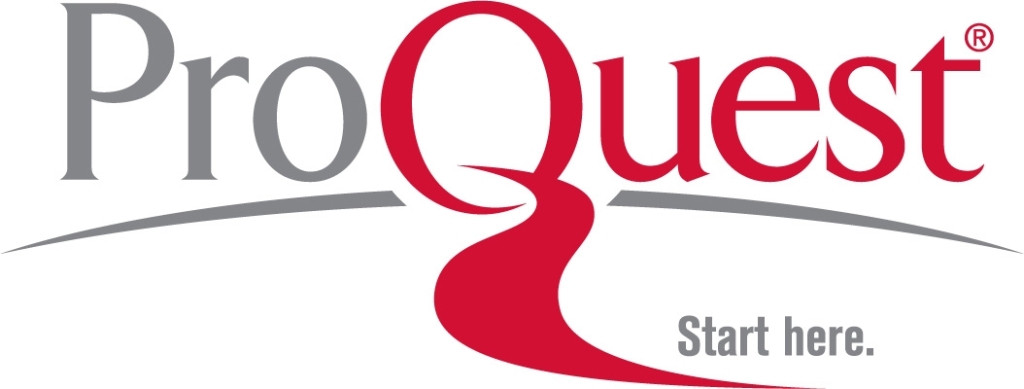ÖZ
Bu araştırmada öğrenci, öğretmen, okul ve öğretimsel nitelikler ile 8. Sınıf öğrencilerinin fen başarısı arasındaki ilişkiler, Nilsen ve Gustafsson’ın (2016) oluşturdukları kavramsal çerçeve temel alınarak veri madenciliği yöntemlerinden olan MARS ve BRT ile incelenmiştir. Araştırma verileri (n=10407 öğrenci, n=941 öğretmen ve n=865 okul yöneticisi), 2016 yılında Milli Eğitim Bakanlığı tarafından ulusal düzeyde gerçekleştirilen ABİDE çalışmasından elde edilmiştir. MARS ve BRT analizleri SPM 8.2 programında gerçekleştirilmiş ve bu yöntemlerin fen başarısını sınıflandırma performansları; doğru sınıflandırma oranı, duyarlılık ve özgüllük oranları ile F1 istatistik değeri ve ROC eğrisi altında kalan alan dikkate alınarak karşılaştırılmıştır. Bu doğrultuda tüm bu ölçütler açısından BRT yönteminin MARS yöntemine göre daha başarılı olduğu ve fen başarısının en önemli yordayıcılarının da bu iki yönteme göre benzer olduğu bulunmuştur. Araştırma sonuçları fen başarısının en önemli yordayıcılarının öğrencin fene ilişkin özyeterlik algısı, baba mesleği, ailenin aylık geliri, öğretmenin öğretimsel etkinlikleri, öğretmenin deneyimi ve derse hazırlığı ile okul yöneticilerinin okul iklim algısı olduğunu ortaya koymuştur. Bu çalışmada dikkate alınan ölçütler açısından BRT’nin MARS yöntemine göre daha iyi bir performans sergilemesinin nedeninin, BRT'nin çeşitli regresyon ağaçlarının toplamsal birleşimi ile hatalardan öğrenmesi ve sınıflandırmada oluşabilecek hataları en aza indirerek daha güçlü bir sınıflandırma performansı sağlaması olduğu düşünülmektedir. Bu çalışmada bu iki veri madenciliği yönteminin Eğitim Bilimleri alanında kullanılmasının yararları ortaya konulmuş ve bu alanda ilgili yöntemlerin katkısı tartışılmıştır.
ANAHTAR KELİMELER
Veri madenciliği, Multivariate adaptive regression splines, Boosted regression trees, ABİDE, Fen başarısı
DOI: http://dx.doi.org/10.15390/EB.2022.10575







